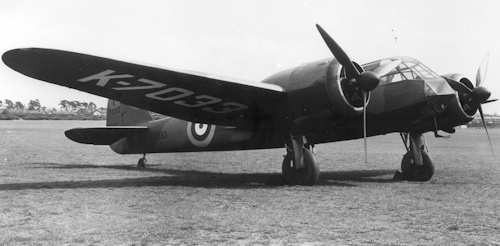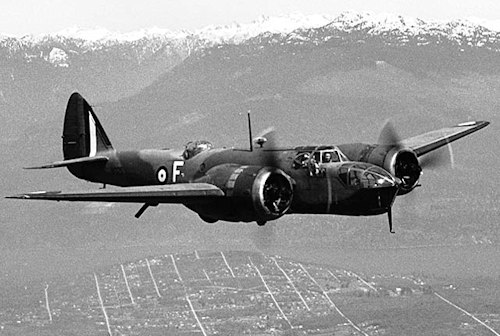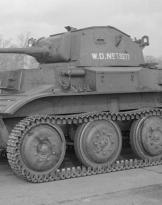Il Bristol blenheim was a light bomber employed by the Royal Air Force during the Second World War. During the conflict, the aircraft was used as a light bomber, night fighter and reconnaissance aircraft. A total of 4422 examples were made.
It can be stated, according to Giorgio Bonacina, that i Bristol blenheim “they anticipated in a certain sense, on a much more modest level, the exceptional Mosquito"1(see article Planes multi-role fighter: the DH.98 Mosquito). The main users of the Blenheim they were the Royal Air Force, the Royal Canadian Air Force, the Finnish Air Force and the Royal Yugoslav Air Force.
The vehicle also had variants such as the Bristol Beaufort and Bristol Fairchild Bolingbroke (last photo).
The progenitor of Bristol blenheim - the Type 142 (following photo) – taken for the first time on 12 April 1935, and gave good results, surprising the technicians. In fact, the vehicle was able to reach a horizontal speed of 494km/h and proved to be faster than the fighters then in service with the Royal Air Force.

It is worth pointing out that the actual prototype of the first series (Blenheim Mk I) was tested in June 1936. The aircraft, starting from the spring of 1937, entered service in the ranks of the Royal Air Force.
Il Bristol blenheim, however, proved to be outdated when the Second World War broke out even though it was light, quite fast, moderately armed and valuable from a purely aeronautical point of view.
However, the aircraft proved to be very versatile. In fact, the Blenheim – as already mentioned previously – it was used as a high-altitude bomber, low-flying assault bomber, night fighter, reconnaissance aircraft and tactical support/support aircraft.
During the Second World War, the vehicle was used on practically all fronts: Europe, North Africa, the Mediterranean, the Middle East, South-East Asia and in the Pacific War.

It is worth underlining that the aircraft did not achieve great results performance, but it always proved to be a versatile, tenacious and very dangerous aircraft.2
Il Bristol blenheim it was retired in 1944 by the Royal Air Force, while the Finnish Air Force retired it in 1958.
Il Bristol blenheim (Mk IV) had a wingspan of 17,17 m, height 3 m, length 12,98 m.
The empty weight was 4441 kg, while fully loaded 6532 kg.
Engine: 2 Bristol Mercury XVs, power 920 HP.
The maximum speed was 231 km/h at 3600 m, while the cruising speed was 319 km/h. The ceiling altitude was 8310 m.
The armament consisted of 7,7 mm Browning machine guns. Furthermore, the aircraft was capable of carrying up to 540 kg of bombs.
The plane could count on a crew of 3 men.
1 See G. Bonacina, Blenheim, in Illustrated History n°179, 1972, p.92
2 See ibid












